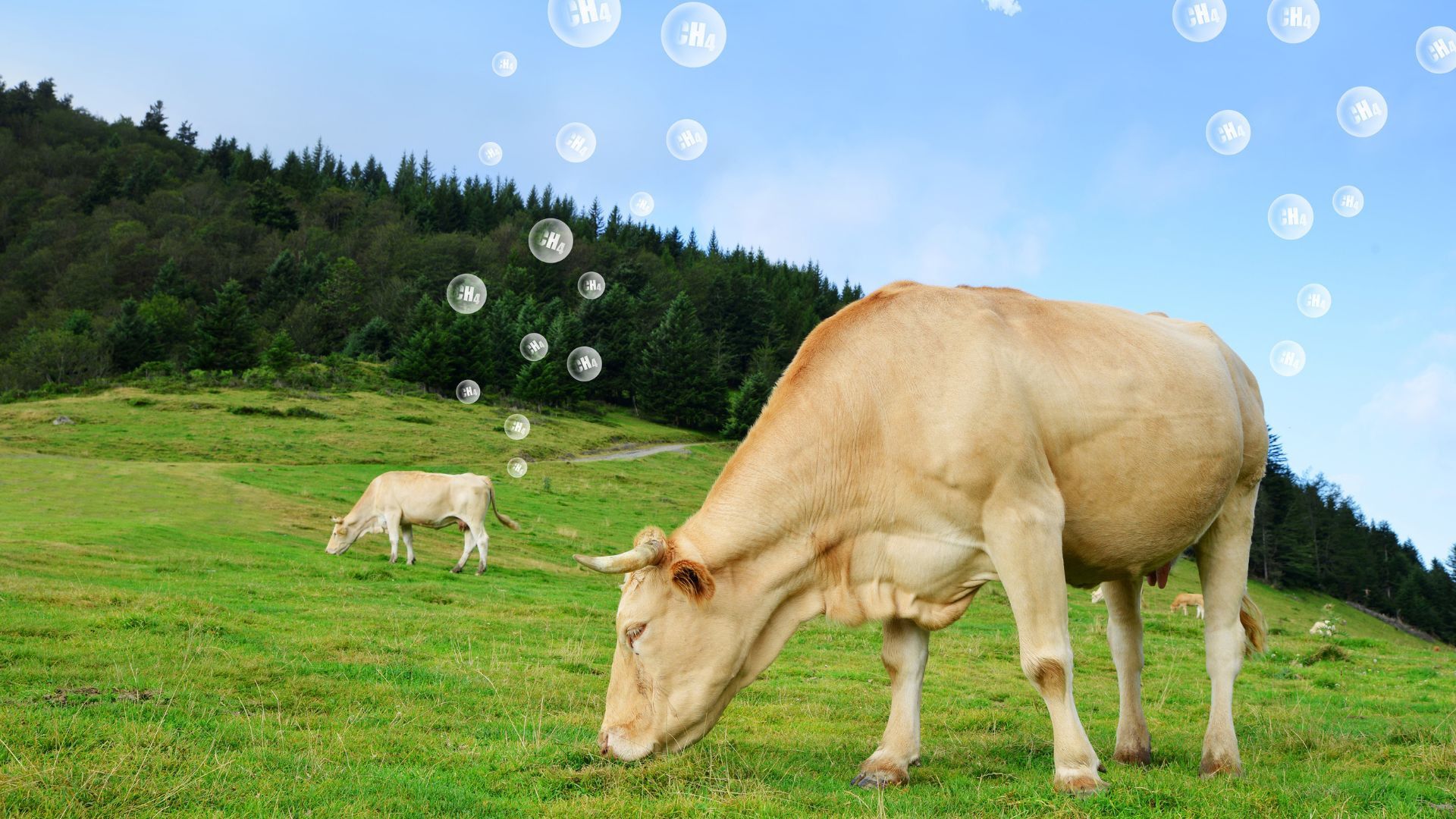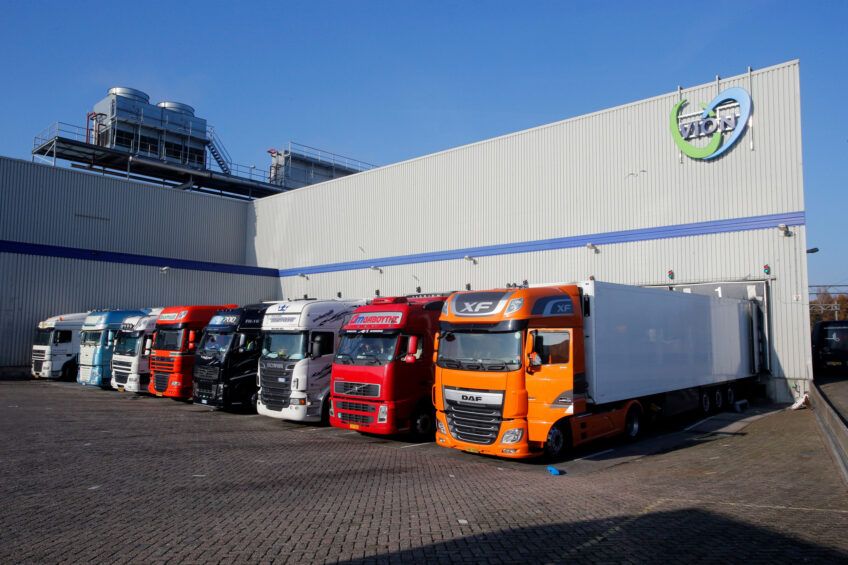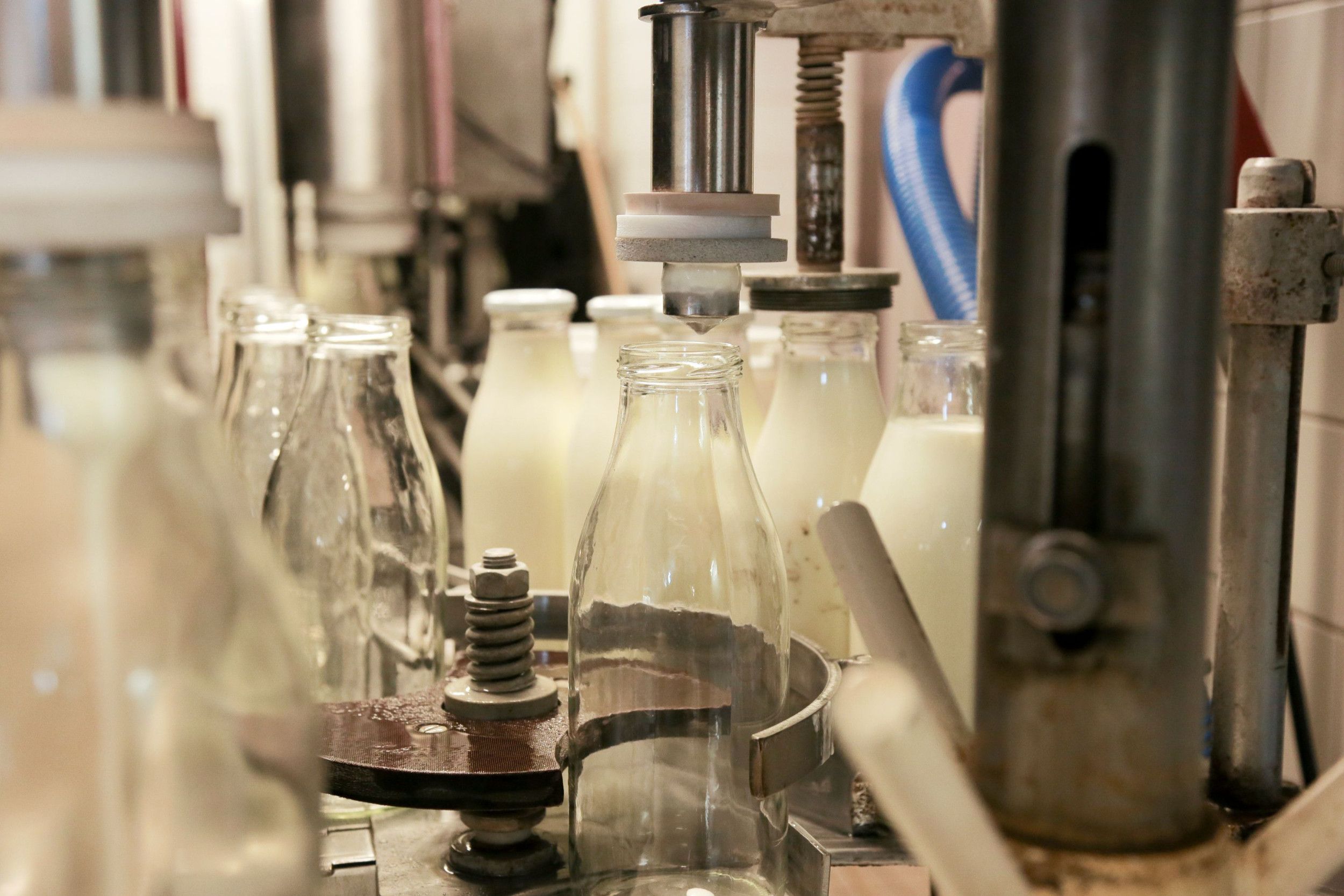- The food supply market has experienced perhaps even more fluctuations than usual in recent years. We talked to the CEO of the successful Y Company Group, Lajos Horváth, at the feed production center in Mágocs about personal motivation, the difficulties of turkey meat production, the current market situation, and the importance of partnerships.
From the NB-III league to the turkey business… – Where does he date his attachment to the sector and, in addition, to rural life?
- This is not so clear-cut for me, because I was born in Budapest, and I lived in Újpest until I was nine years old – I even saw Törőcsik play football, then I was raised in Óbuda for two years, when my father, as a mechanical engineer, got a good job opportunity in Dombóvár, and so the family moved. This is perhaps one of the most important threads. But it also gave me a very strong connection that my mother comes from Lajosmizse, and during my childhood, we spent a lot of time in the summer with our relatives living in the local farm world. We bathed in a basin after a day of activity and used a kerosene lamp to light the room at bedtime. We gained a lot of exciting experiences – for me, this period gave me a strong attachment to rural Hungary, and here I also grew fond of animals.
After that, the choice of career was not a question?
- Indeed, I went to an agricultural school in Kaposvár, and then I went through this line all the way. I started my active work in Dombóvár, working part-time, and part-time I played football in the NB III. Meanwhile, my wife worked at the Sásd cooperative, her work was highly appreciated, she ran the duck and goose hatchery. The cooperative chairman tempted me to a new position to manage the turkey branch – that’s actually when I got into this branch and I haven’t gotten out of it since… I worked there for a year, and when I got my first bonus, I told my wife that we should do all this ourselves. In 1989, we established Domestica Kft., and then on October 1, 1991, I founded Y Pulyka Kft. At the age of only 27, with a twenty-million forint World Bank loan, we started working.
The company group has been built up
That loan was a serious burden at the time, in terms of its value. But now it is clear that it was worth taking the risk, the company empire has been beautifully built up.
– Yes, we can briefly review what happened in 33 years. The main activity of Y Pulyka Kft. is live animal wholesale, specifically turkey production and purchasing. As a producer company, we continuously provide our partners with day-old chicks or, for our finishing producers, with quality pre-grown turkeys. Throughout the entire production phase, we supply our pre-growers and finishers with feed with high nutritional parameters. The turkeys raised on our own farms and fattened by our producers are sold to EU-certified turkey slaughterhouses. Our national market share reaches 22-25%, which represents 1,500,000 turkeys, and we are also stably present on the international market. Later, we also founded a production company, Bozsánovics Kft. In addition to production, this company is engaged in turkey and broiler chicken rearing, producing a total of nearly half a million pre-grown turkeys annually, while the farms specializing in finishing provide approximately 350,000 slaughter turkeys and about 2 million broilers to slaughterhouse partners. In broiler chicken production, we are present with DDB Team Kft. We provide our partners with day-old chicks from controlled hatcheries. To ensure the entire vertical, a significant proportion of the produced chicken is sold not only to external poultry processors but also to our own slaughterhouse. Our 25-year-old, manually processed plant was located in the city center, so there was no possibility for further expansion and growth there. Therefore, we created a new, fully automated plant on a 13-hectare area as a greenfield investment, which started operating in the spring of 2021 as Mecsek Baromfi Kft. Y Takarmányipari Kft. is responsible for the production of feed necessary for the safe turkey and chicken production of the Y Company Group. The company’s mixing plant has held both ISO 22000 and GMP+ certifications since 2007, which significantly increases the safety of feed production. The plant produces 85-90,000 tons of feed annually. We produce 6 types of turkey, 4 types of chicken, and since 2018, 5 types of pig feed here, based on a unique recipe. The plant itself is capable of producing 125,000 tons of feed annually.
Speaking of feed, when did your relationship with Agrofeed Kft. start in terms of feed?
- Twelve years ago, and it is an excellent professional and human relationship. In terms of business and humanity, we have found in Agrofeed Kft. the professional-minded company we have always been looking for. We can rely on them in terms of quality, attention, adequate logistics, and service, they are a truly professional company!”
The Covid pandemic didn’t do any good for turkey consumption
Really impressive results! Returning to turkeys, how has your market changed in recent years?
- Unfortunately, turkey consumption has halved in recent times. When we joined the EU in 2004, with an average annual consumption of 7.2 kg, Hungary was the 3rd largest consumer of turkey meat in the world, after the USA and Israel. Now, unfortunately, this ratio is only about 3 kg. Chicken meat consumption in the same period increased from 10 to 24 kg per year. Unfortunately, prices fundamentally influence demand as well, and broiler rearing can be solved much more economically, as the stock can turn over up to six times a year there, while with turkeys, there can be a maximum of two and a half turns. Covid did not do any good for this market either, because the main poultry suppliers for cafes, restaurants, and hotels (HORECA) were turkey farmers, and when Covid came, these institutions closed, and demand fell sharply. When the world restarted, broiler rearing could pick up speed more quickly.
What is the biggest challenge for the company group now?
– Since Covid, people have learned to shop more frugally, and among young people, there are more and more animal rights activists and vegetarians. The growth of the world’s population offsets the effects of these. The biggest challenge is the huge market fluctuations caused by overproduction. Currently, the poultry market is satisfactory for us, partly because bird flu is ravaging Brazil… It would be important for meat to reach every corner of the world, as there is overproduction in some places, while in Asia and Africa, there is a shortage of food in many places. This needs to be solved, and it could even help a lot in managing migration pressure. It is also a problem that Europe, in many other respects, imposes very difficult conditions on its own producers. This should be paid attention to. It would be very good if the same requirements had to be met in animal husbandry, animal welfare, and environmental protection worldwide. For us, EU regulations make production more expensive, more difficult, and often almost impossible, while we import meat into Europe from countries where there are much fewer requirements for production. This is a significant competitive disadvantage for us.
The children have taken over the baton”
What are you most proud of based on the results of the past 30+ years?
– For a father and a business leader, it is a great happiness that both of my children work here in the company group and continue the business that was started thirty-three years ago, which has grown from producing a few tens of thousands of turkeys annually to a nationally known poultry integration company with a feed mill, full service, and slaughterhouse. Together with the slaughterhouse, we now have 460 employees, but if our slaughterhouse capacity expands, the number of employees could even increase to over 500.
Do you have time for rest and hobbies besides these tasks?
– It’s hard to answer. I’ve heard from many businessmen that their work is also their hobby – this is partly true for me as well. In addition, I still love football, but unfortunately, I had to stop about 4-5 years ago. Teams made up of people from my age group gathered for a derby every Friday evening – on one such occasion, we saw that on the 16 legs of the 8 players, 15 were already wearing some kind of knee pad. Then we decided not to force it any further… In addition, I also love to travel, attend sporting events – this really relaxes me. Skiing is still possible even with my worn-out knees, and this is the only sport when I don’t think about my work, but instead concentrate on not breaking myself…
After thirty-three years, how can you renew yourself day by day and get momentum in this work?
– Animal husbandry is constantly changing, genetics, the market, and feed technologies are developing. People are also changing, we have to learn new things – so this is not a boring area at all. I really enjoy doing it, although sometimes the pressure on me is really strong. Still, it’s worth it. And it’s a great feeling to be known by many, to be recognized, and to have made so many friends in the profession.
Author: Mihály Fodor”









